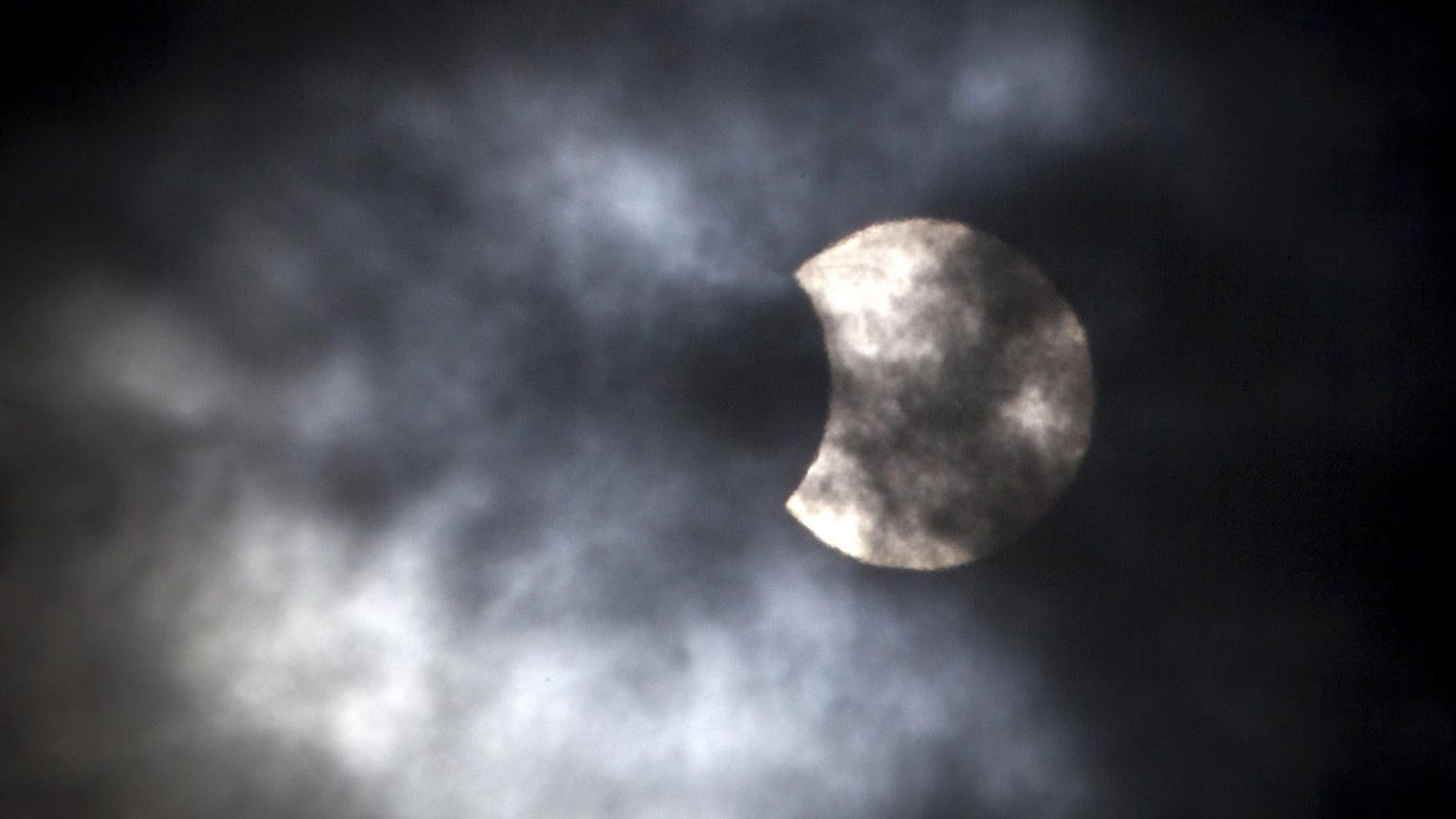As the total solar eclipse approaches in just two days, the excitement among many onlookers is building up. The phenomenon, visible across much of North America, is set to occur on April 8th around 2 pm. To help predict cloud cover along the path of totality, meteorologist Tomer Burg has created a website with the latest weather model assessments. The data indicates expected average cloud cover for the US at the time of the eclipse, providing a city dashboard for specific probabilities of cloud coverage for cities along the path.
With a low pressure system and severe weather forecasted over Texas, renowned astrophysicist Neil deGrasse Tyson has shifted his plans causing concerns about extensive cloud cover in the region during the eclipse. In light of this, those planning a road trip for the event might consider heading to areas like northern Arkansas, southern Illinois, or upper Maine for better viewing conditions. Northern Georgia is expected to experience around 80% totality, with the possibility of being on the boundary between cloudy and clear skies.
The National Weather Service’s Weather Prediction Center meteorologist Tomer Burg, who is currently pursuing his doctorate studies at the University of Oklahoma, has been lauded for his accurate weather predictions and use of appropriate caveats in his social media posts. He warns against wishcasting and advises interpreting model information cautiously. Given his expertise, Burg’s website offers valuable insights into the cloud conditions expected during the eclipse, providing a helpful tool for those planning to witness the event.
As the excitement for the total solar eclipse reaches its peak, many are eagerly awaiting the rare celestial event. In order to know the exact timing of the eclipse in their specific location, NASA has created an interactive map for viewers. The last total solar eclipse occurred in 2017, generating immense excitement and drawing in a large crowd at the University of Georgia’s Sanford Stadium. And with safety being a top priority, onlookers are advised to wear protective glasses throughout the event to safeguard their eyes from potential damage caused by staring directly at the sun.
With the total solar eclipse nearing, the atmosphere among observers is electrifying. Set to occur on April 8th at 2 pm, the eclipse is expected to be visible across much of North America. A weather prediction model created by meteorologist Tomer Burg provides insights into expected cloud coverage during the eclipse, aiding in the planning of optimal viewing locations. Despite concerns over extensive cloud cover in Texas due to a looming low-pressure system, viewers can explore alternative locations in states like Arkansas, Illinois, and Maine for better chances of clear skies.
Renowned astrophysicist Neil deGrasse Tyson’s change in plans due to the forecasted weather in Texas has sparked discussions around ideal eclipse viewing conditions. Tomer Burg’s proficiency in providing accurate weather assessments, along with his cautionary advice on interpreting model information, has established him as a trusted source for weather predictions. As excitement mounts for the rare celestial event, NASA’s interactive map offers viewers the exact timing of the eclipse in their specific locations. With the safety of onlookers being a top priority, wearing protective glasses is recommended to prevent eye damage from direct sun exposure during the event.


